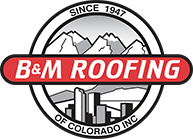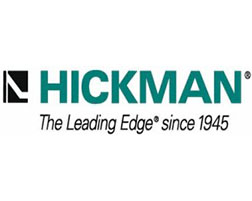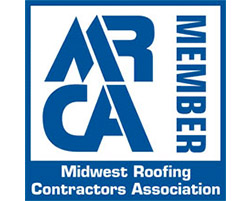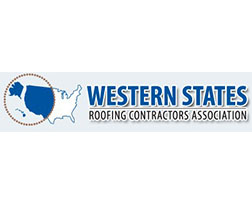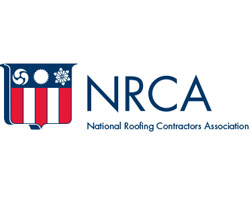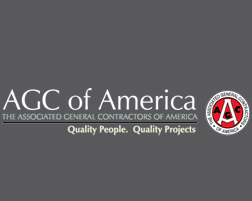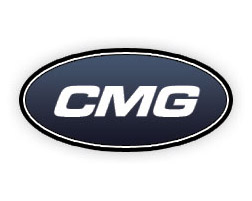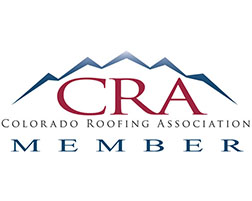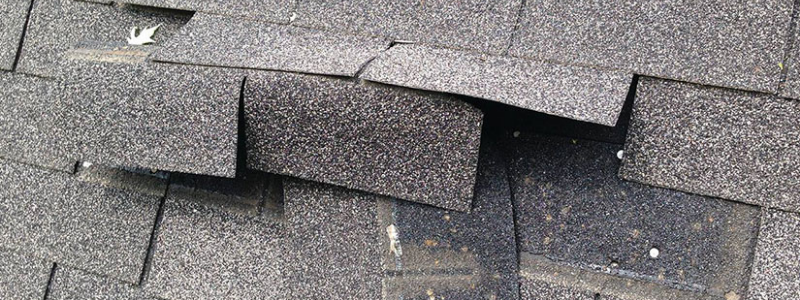
Assessing Wind Damage To Asphalt Roof Shingles
It’s no secret that Colorado, especially in the Winter and Spring, can be a very windy place. Unfortunately, where there’s wind there’s often wind damage. Many homes and businesses in Colorado use asphalt roof shingles, and while asphalt roof shingles look very pretty and tend to be quite durable, they are vulnerable to strong winds.
Since Colorado experiences strong winds on a regular basis, it’s important to be familiar with the effects of wind damage. Assessing wind damage to asphalt roof shingles is essential in keeping your roof protected during Colorado’s nasty storms. The earlier you spot the damage, the easier and faster the repairs will be.
What Are The Effects Of Wind Damage On Asphalt Roof Shingles?
These days, asphalt roof shingles are some of the most popular roof shingles available. It isn’t difficult to figure out why, since asphalt roof shingles look pretty, while also being super affordable and very durable. But, even though asphalt roof shingles are quite durable, they are vulnerable to wind damage and, if they experience strong winds on a regular basis, they can begin to break down.
Today, asphalt roof shingles are some of the most popular roof shingles available. While they may not last as long – fifteen to thirty years, more or less – like other kinds of shingles – wooden shingles, for example – they offer significant durability and affordability.
Even though asphalt roof shingles are quite durable, though, strong winds can damage them with relative ease. When strong winds are present, asphalt roof shingles often suffer from a few different kinds of wind damage.
Bent Roof Shingles
As large gusts of wind move across a roof, the asphalt roof shingles will be pushed and prodded in various directions. Sometimes, depending on the intensity of the wind, the strong winds don’t do much of anything. More often than not, though, the strong winds cause the asphalt roof shingles to bend or detach, if only slightly, from the roof.
Asphalt roof shingles should never be bent since this causes them to break down and become weaker and weaker. But, if they’re only bent once or twice, due to infrequent wind, then there often isn’t much of a problem. If they are bent more than once, though, on a relatively frequent basis – for example, every other day during the Winter or Spring season in Colorado – then the asphalt roof shingles will begin to break down much quicker than they normally would. This shortens their lifespan while also lessening their ability to break the interior of your home from things like rain and snow.
Detached Roof Shingles
Every asphalt roof shingle serves an important purpose, and this important purpose is that of keeping the interior of your home protected from the elements. If one of the asphalt roof shingles is missing, it isn’t good, but it doesn’t mean that your home is completely unprotected. If multiple asphalt roof shingles have become completely detached from the roof, due to strong winds, then certain parts of your roof are completely unprotected.
Even if none of those asphalt roof shingles are completely detached, this doesn’t mean they won’t be. When strong winds move across asphalt roof shingles, causing them to detach just slightly from the roof, the bond between the roof and the asphalt roof shingle is broken down. As a result of this, it’s easier for wind, snow, and rain to seep into the roof, while also being easier for the asphalt roof shingle to fly off of your roof entirely.
- Asphalt roof shingles are incredibly popular due to their aesthetic beauty, affordability, and durability
- Despite being quite durable, though, they can easily suffer from strong winds and experience significant wind damage
- As strong winds move across asphalt roof shingles, they often push and prod those shingles
- By pushing and prodding those shingles, it can cause them to bend or detach from the roof
- If the shingles bend, this causes them to begin breaking down
- If they continue to bend, due to frequent bouts of strong wind, they break down even further until they are no longer able to protect the interior of your home
- Strong wind can easily cause asphalt roof shingles to detach from the roof
- If they detach from the roof only slightly, they are no longer fully bonded to the roof, allowing rain, wind, and snow to seep into your home
- If they are completely detached from the roof, then the roof is unprotected
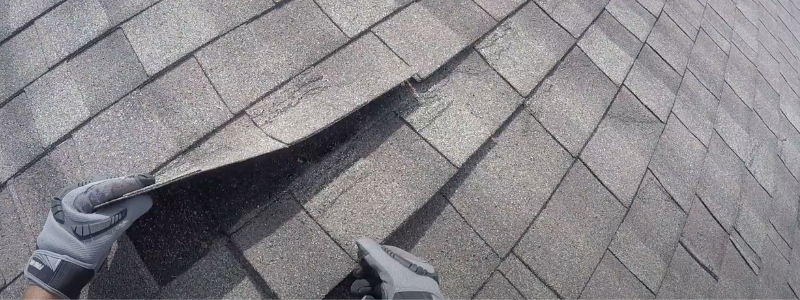
How Can You Assess The Wind Damage That Asphalt Roof Shingles Have Experienced?
Assessing the wind damage that asphalt roof shingles have experienced isn’t always easy, especially since the effects of wind damage aren’t always very noticeable. If you go onto your roof and assess the asphalt roof shingles carefully, while looking for a few key things, it shouldn’t be too hard to assess whether or not your asphalt roof shingles have been damaged by the wind.
Assessing the wind damage that asphalt roof shingles have experienced can be a challenging task. Most of this is due to the fact that the effects of wind damage aren’t always noticeable – noticing a slightly detached roof shingle is harder than it sounds, for example. But, there are a few key things to look for. If you notice these things, then there’s a good chance that your asphalt roof shingle has suffered from wind damage.
Look for Debris
The first thing to look for is debris. If there is any debris on any of the asphalt roof shingles along your roof, then take note of that debris. Most of the time, this debris will be quite small, so it shouldn’t have had a significant effect. But, if it’s a larger piece of debris – a big tree branch, for example – then make sure to inspect the roof shingle. If the shingle has been bent, detached, or crushed, then that asphalt roof shingle must be replaced.
Look for Damaged Roof Shingles
The second thing to look out for is any asphalt roof shingle that has a crease on it. If an asphalt roof shingle has been pushed off of the roof, if only slightly, and bent, then there’s a good chance it has pushed against another shingle. When this happens, a crease is left behind, and this crease usually looks like a slightly messy line or scratch across the shingle. If you notice a crease, then check to see if the creased shingle is loose at all. If it isn’t, check the shingles to the sides, because those may have bent and then scratched the creased shingle.
Look for Detached Roof Shingles
The third and final thing to look out for is any asphalt roof shingle that appears slightly detached from the roof. If an asphalt roof shingle doesn’t appear to be lined up with the shingle behind or in front of it, then that’s a sign that it’s been detached from the roof. By inspecting that shingle, you will be able to determine whether or not it has been detached, if only slightly, from the roof.
Trust the Experts in Wind Damage Roof Repair
If you just aren’t sure what to look for or how to look for it, then there’s no need to worry. At B&M Roofing, we offer a free inspection. By hiring us, we will look at your roof and determine whether or not any wind damage has taken place. From that, we will begin formulating a plan on how to fix that wind damage in the best and most affordable way possible!
- Assessing the effects of wind damage to asphalt roof shingles can be difficult
- If you take the time to look for three key things, though, then it’s usually much easier to notice and assess the wind damage that has taken place
- If there is any debris on the asphalt roof shingles, inspect the shingle and make sure it hasn’t been bent, crushed, or detached
- For bent shingles, notice if any shingles have a crease running across them,
- If they do, inspect the shingle and the shingles around them to see if any of them are slightly detached or bent
- Take the time to look for any asphalt roof shingles that look slightly detached
- If they look slightly detached, there’s a good chance that the wind has weakened the bonding between them and the roof
- At B&M Roofing, we offer a free estimate that will help you assess the wind damage to your asphalt roof shingles while formulating a plan for safe and affordable repairs
